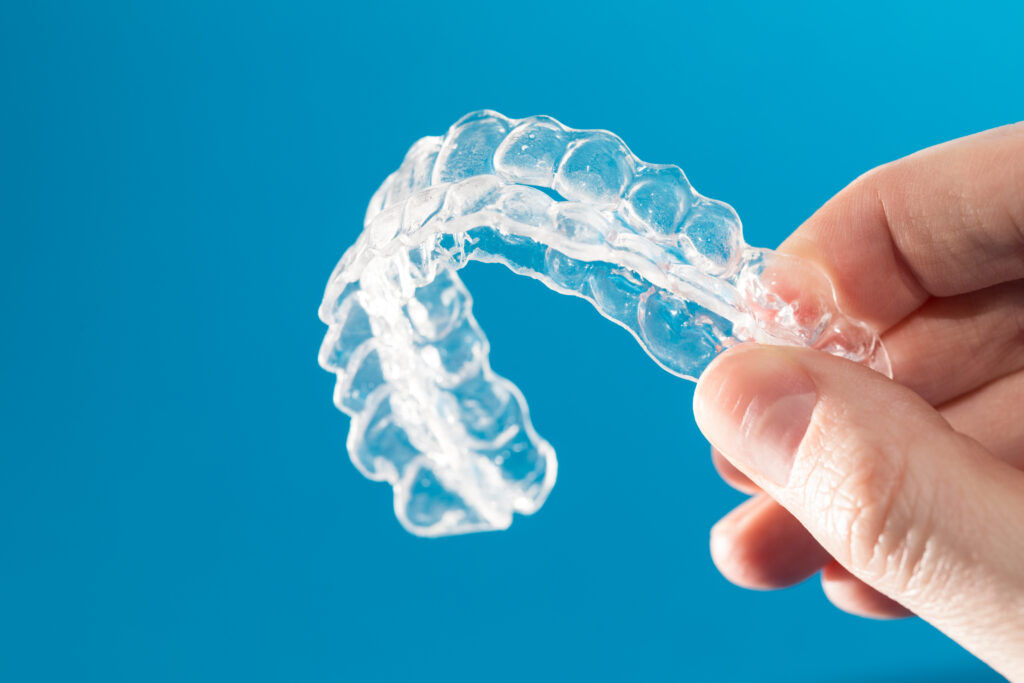
Study Title: Objective measurement of compliance during oral appliance therapy for sleep-disordered breathing
Authors: Olivier M. Vanderveken, Marijke Dieltjens, Kristien Wouters, Wilfried A. De Backer, Paul H. Van de Heyning, Marc J. Braem
Background:
Continuous positive airway pressure (CPAP) therapy is considered the gold standard for the treatment of obstructive sleep apnea (OSA) because of its high rate of therapeutic effectiveness. Measuring CPAP compliance has become a routine part of clinical practice, and objective compliance measurements have been built in. Unfortunately, these data indicate that clinical effectiveness of CPAP therapy is often restricted due to low patient acceptance, poor tolerance, and suboptimal compliance.
Oral appliance (OA) therapy, which can be administered by a dentist, can be used as an alternative to CPAP for sleep-disordered breathing (SDB). And while the effectiveness of OA therapy has been demonstrated in patients with sleep apnea, little has been reported about patient compliance due in part to the lack of objective compliance measurements.
Study Objective:
To assess the safety and feasibility of an objective measurement of compliance during OA therapy using an embedded microsensor thermometer with on-chip integrated readout electronics. The objective measurement of OA compliance enables the calculation of the mean disease alleviation (MDA) as a measure of OA effectiveness.
Methodology:
This was a 3-month prospective clinical trial that included 51 consecutive patients with an established diagnosis of SDB (apnoea/hypopnoea index [AHI] 18.0 ± 11.9/h; aged 47 ± 10 y; body mass index [BMI] 26.6 ± 4.0 kg/m2; men/women: 31/20). Patients were unaware of the purpose of the study.
Results:
- No adverse events were reported related to the compliance monitoring illustrating the safety of this device
- No patients discontinued therapy during the 3-month study period
- Oral appliance therapy was used on 91.9% ± 10.8% days per week for an average of 6.7 ± 1.3 hours per day
The use of OA therapy resulted in statistically significant decreases in AHI (P<0.001), oxygen desaturation index P<0.01, sleepiness, and snoring (P<0.001).
Conclusion/Discussion:
The results of this study illustrate the safety and feasibility of objective measurement of OA compliance. In addition, the high rates of OA use seen in this study illustrate that compliance is likely not a limitation in the use of these devices for the treatment of OSA and SDB. While the effectiveness of CPAP therapy is clinically superior to that of OA, when compliance is considered, the adjusted effectiveness may be similar.
References:
- Vanderveken OM, Dieltjens M, Wouters K, De Backer WA, Van de Heyning PH, Braem MJ. Objective measurement of compliance during oral appliance therapy for sleep-disordered breathing. Thorax. 2012;68(1):91-96.
